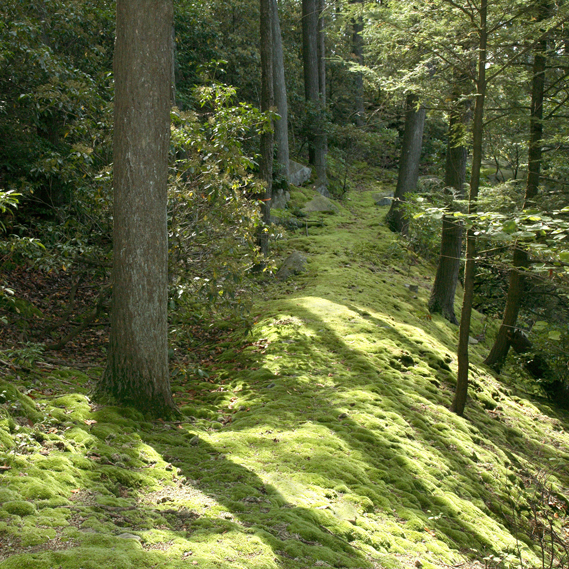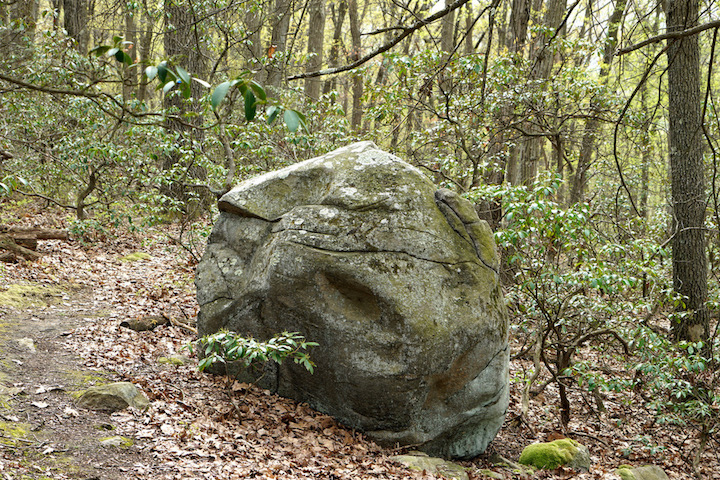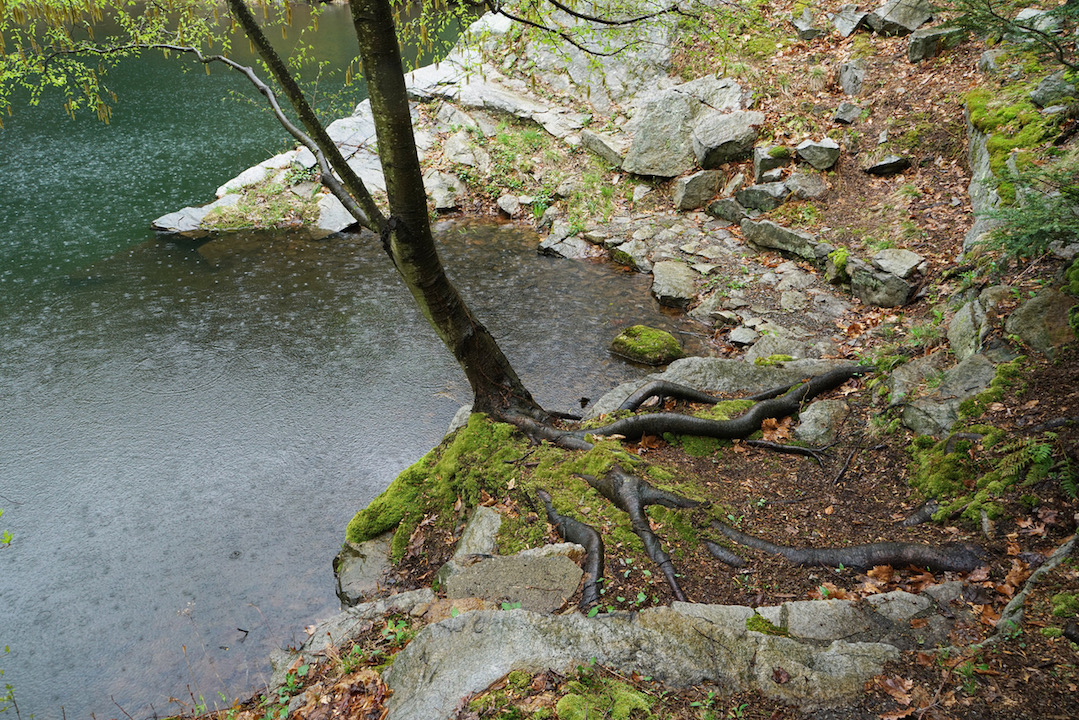Woodland Garden
MANITOGA, the House, Studio and 75-acre Woodland garden of mid-century designer Russel Wright (1904-1976), is a National Historic Landmark, an Affiliate Site of the National Trust for Historic Preservation, and a World Monuments Watch Site. It is one of the few 20th century modern homes open to the public in New York State.
MANITOGA: WOODLAND GARDEN & QUARRY LANDSCAPE
Located in Garrison, New York, approximately one hour north of New York City, Manitoga is the former home and 75-acre woodland garden of American industrial designer Russel Wright (1904-1976) and his family. Manitoga is a National Historic Landmark, an Affiliate Site of the National Trust for Historic Preservation, and one of the few 20th century modern homes with original landscape open to the public.
Manitoga’s Trails remain open to the public daily from dawn to dusk unless otherwise posted. NO PETS ALLOWED.
Please review our VISITOR INFORMATION section.
LANDSCAPE
Over 70 years ago, Russel and Mary Wright acquired an abandoned quarry and surrounding hillside in the Lower Hudson Valley, and he slowly restored this land to a place of extraordinary beauty. Inspired by the legacy of the Wappinger people, the ancestral residents of the area, Wright called the emerging vision for these 75 acres “Manitoga” or Place of Great Spirit.
In its concept, design, and management, Manitoga unites art, science, culture, and nature with an ecological aesthetic that is both human and spiritual. At a time when most Americans are profoundly alienated from nature and feel isolated from or sentimental toward the world they share with other living things, Manitoga can be seen as an important step in the evolution of our consciousness.
At Manitoga, Wright took on a difficult task: to help the average person see and understand the subtle and seemingly chaotic world of the Northeastern deciduous forest. Instead of imposing rigid forms and preconceived patterns on his landscape, Wright sought to make contact with the fluid structure and connecting patterns of the natural world...he waited for the place to reveal itself to him and delighted in the complex order that unfolded over time.
Although the many elements of the garden are familiar—house, terraces, parking lot, trellis, and paths—nothing is conventional. Wright’s integrating vision changed all the familiar components, blending the built elements and the natural landscape together so that each was enriched, enhanced, and transformed by the other. Just as the house is interwoven with the site, the hillside is connected by views to its larger context of the Hudson River Valley, and the visitors themselves are involved in an intimate and unfolding relationship to the place.
For Wright, working on his garden was a process involving three activities. First, close observation over a number of years of a landscape he knew intimately and cared for deeply. Second, discovery and recognition of significant forms, patterns, and relationships. And third, clarification and dramatization of the element, so that its critical features stand out boldly enough to be perceived by the casual visitor.
The orchestration of movement was another important technique used by Wright to move the visitor from the more passive role of observer into a more active role of participant. Manitoga is an interconnected whole where carefully crafted transitions carry the walker through the garden in a continuous movement which flows from place to place.
Along each path, the landscape and its themes unfold sequentially. There is an introduction, a dramatic build-up, elaboration of a theme, and then a climax or goal; the building of tension and its dramatic release—the whole design a musical composition.
Like the Japanese Tour Garden, “one is carried through this experience as though the course of footpaths had a musical rhythm. From the shadows or the thicket, one suddenly emerges upon a spacious view.... In this garden-drama one becomes the hero oneself because one ‘creates’ the garden by walking through it. The blueprint is there, and a most winning one it is too, but the experience is created by the viewer.”
Landscape text excerpted from Manitoga's Design and Management Guide
READ “A GARDEN OF WOODLAND PATHS” BY RUSSEL WRIGHT (1970)
PARTNERSHIPS AND SUPPORT
In 2016, Open Space Institute and Manitoga worked in partnership to guarantee the protection the of the trail network designed by Russel Wright. The agreement guarantees permanent public access to Manitoga’s scenic footpaths while protecting a key access point to the Appalachian Trail through the adjacent Hudson Highlands State Park.
Manitoga's trails were adopted by the NY/NJ Trail Conference in 2014.
An interpretive Visitor's kiosk, new trail signs and restoration of stone work and other landscape features have been funded in part through grants from Open Space Institute's Malcolm Gordon Charitable Fund.
Manitoga is grateful to The Jolly Rovers Trail Crew for their ongoing work to restore the stonework along the trail network as a part of their Stewards of Stonework Program.




